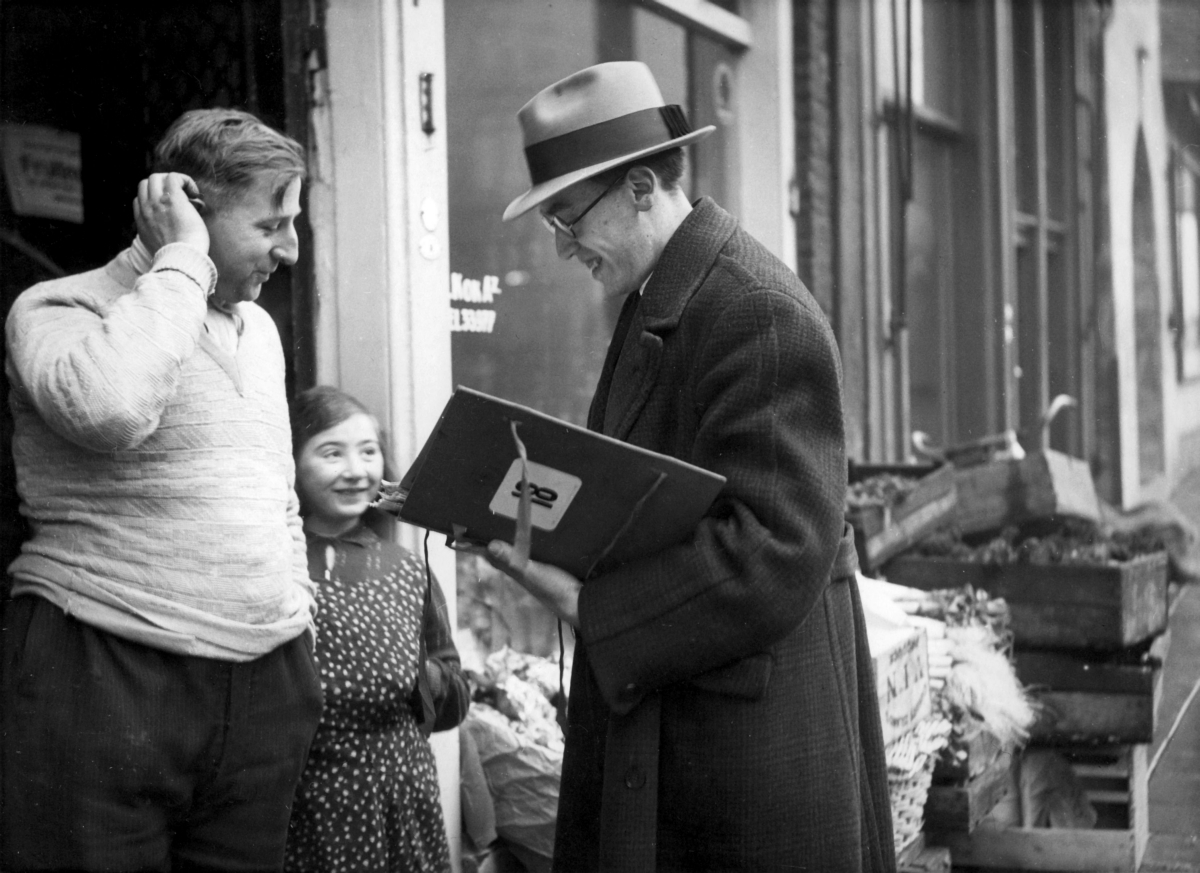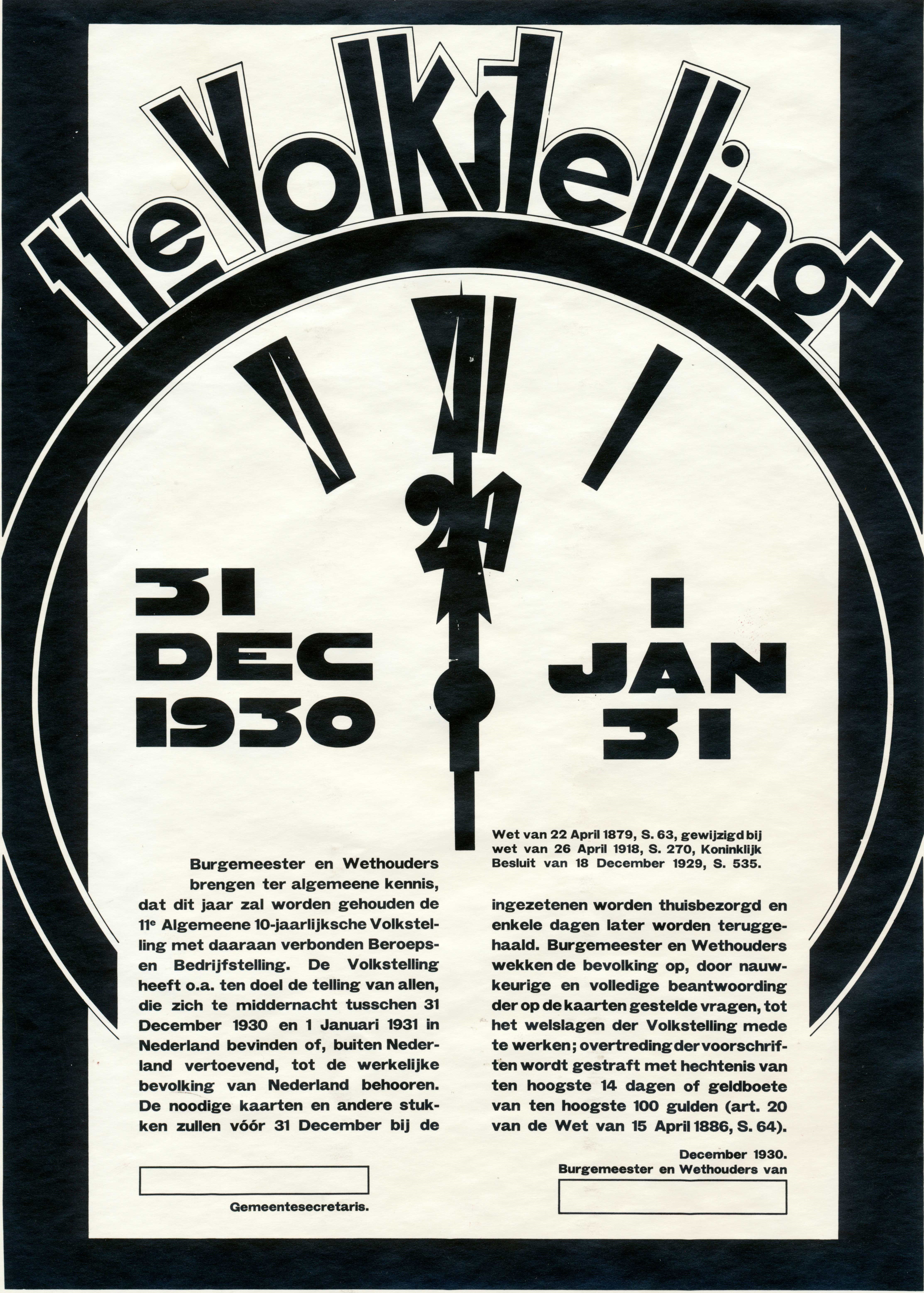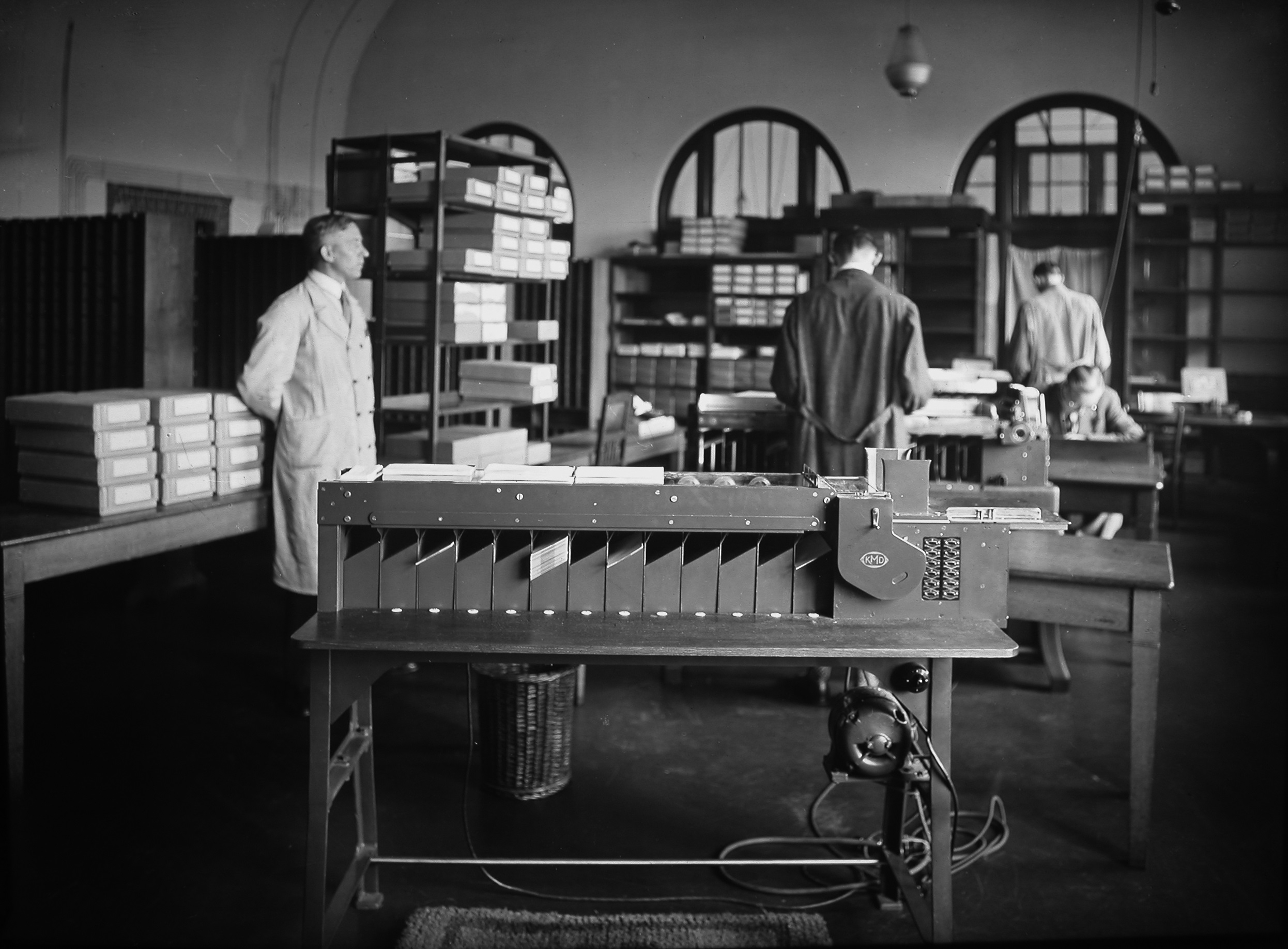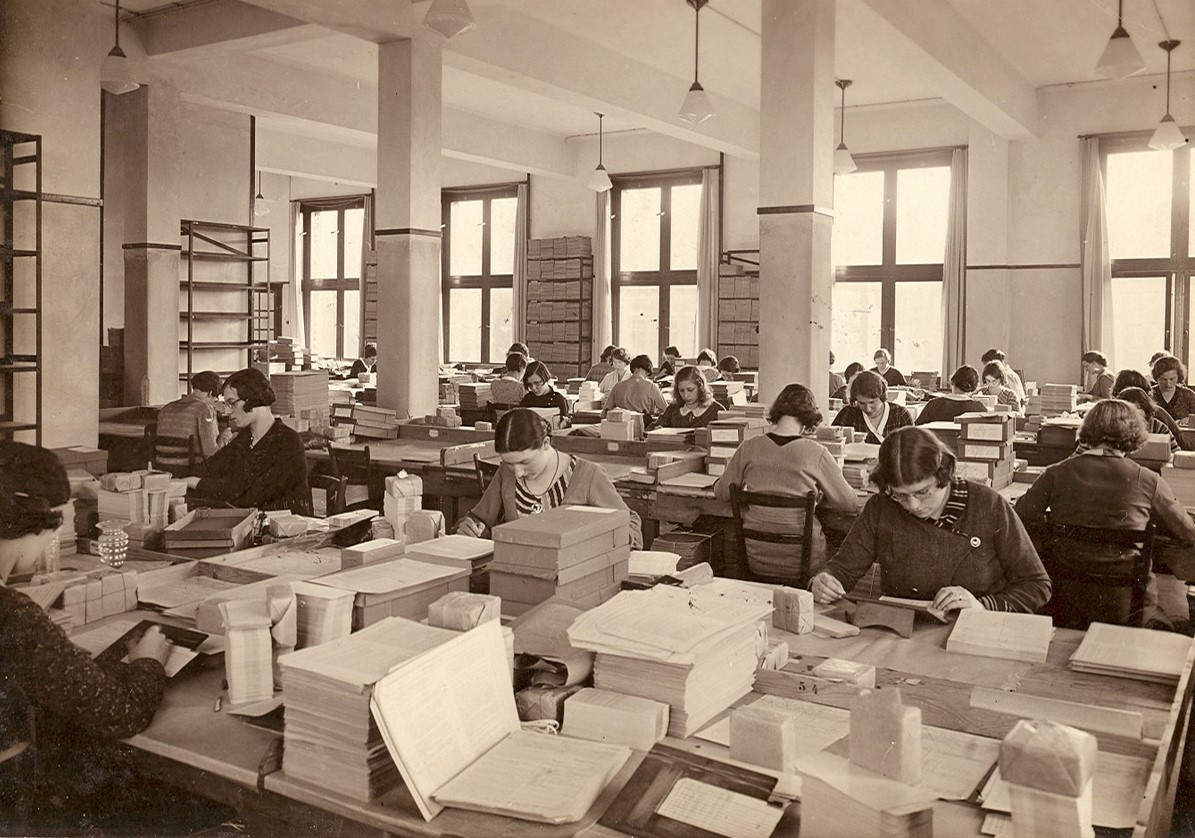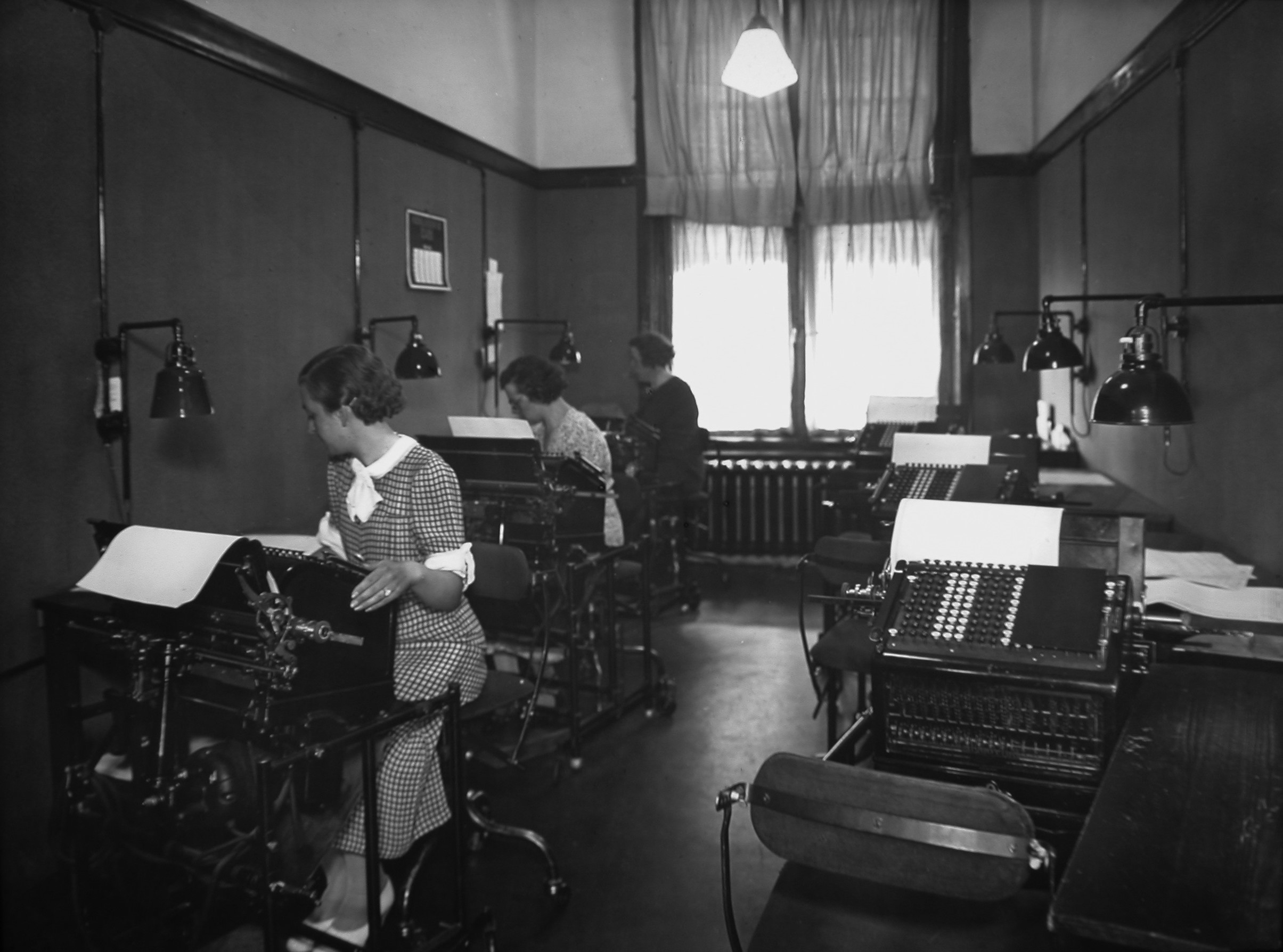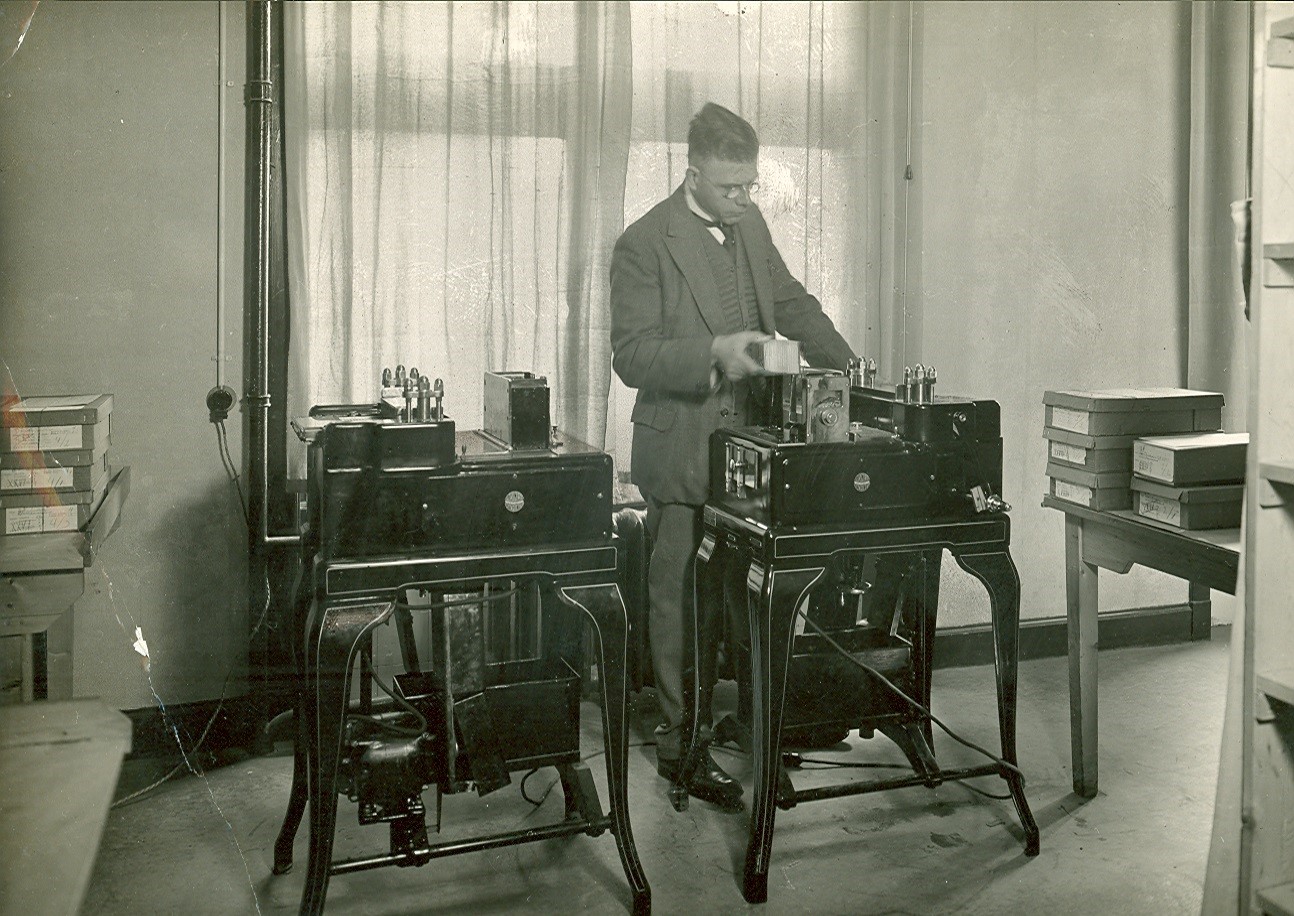1930
Religion influences education inequalities
The questions concerning the population in 1930 were largely the same as in previous counts. Some new questions were added regarding the distribution of academic qualifications, as CBS researchers believed this to be relevant to the need for a highly-educated section of the workforce. They found that there was ‘an imbalance betwixt the training of and the need for academics’. The tables on the number of highly-educated people from different religious backgrounds are particularly interesting. Graduate statistics showed that the percentage of them who were Catholic (14) was well below the percentage of Catholic adults in society as a whole (34), whereas there was a much smaller difference in the percentages for Protestants (47 and 48, respectively). Seminary graduates were not included in the count. However, although the percentage of Catholics would have been greater if seminarians had been counted, significant education inequalities between the different religious affiliations still remained.
Homes must have enough bedrooms
Proper housing, particularly for workers, remained a key issue for policymakers. The publication of relevant statistics in 1899 had put housing high on the agenda. There was talk of ‘housing misery’, and doctors stressed its effects on health as the risk of falling ill was high. But there was also a moral danger, one that presented one of the most serious housing-related problems: in large families it was common for parents, brothers and sisters to sleep together in one room – sometimes even in the same bed. This was described as ‘overloading’ and a ‘moral wrong’. These figures were included in statistics for the first time in the census of 1909, and by the 1930 census CBS had investigated the issue in more detail. Overloading occurred in 5.3% of homes with only one bedroom, and 4.8% of homes with two bedrooms were also overloaded. The situation was most severe in the provinces of Drenthe, Friesland and Zeeland, while Limburg achieved the best score. All the large cities scored above the national figure.
Census machines
1930 marked the first use of the punch card machine to process the census. This machine processed punch cards; a storage medium used at that time to provide automated information processing in cardboard format, with the positions of the punch holes containing the information. Meanwhile, IBM had invented a census machine that could sort by column in a single action, whilst simultaneously counting three columns at a speed of 22,000 cards in 80 columns per hour. The census project leaders, G. de Zoete and C.W.L. Stiel, went to inspect the machine at the German statistical office in Berlin and was so enthusiastic that CBS signed a one-year rental contract for five machines. For the coding, CBS took on 45 workers for the day shift and 100 for the night shift, plus another 50 girls to punch and check the cards.
